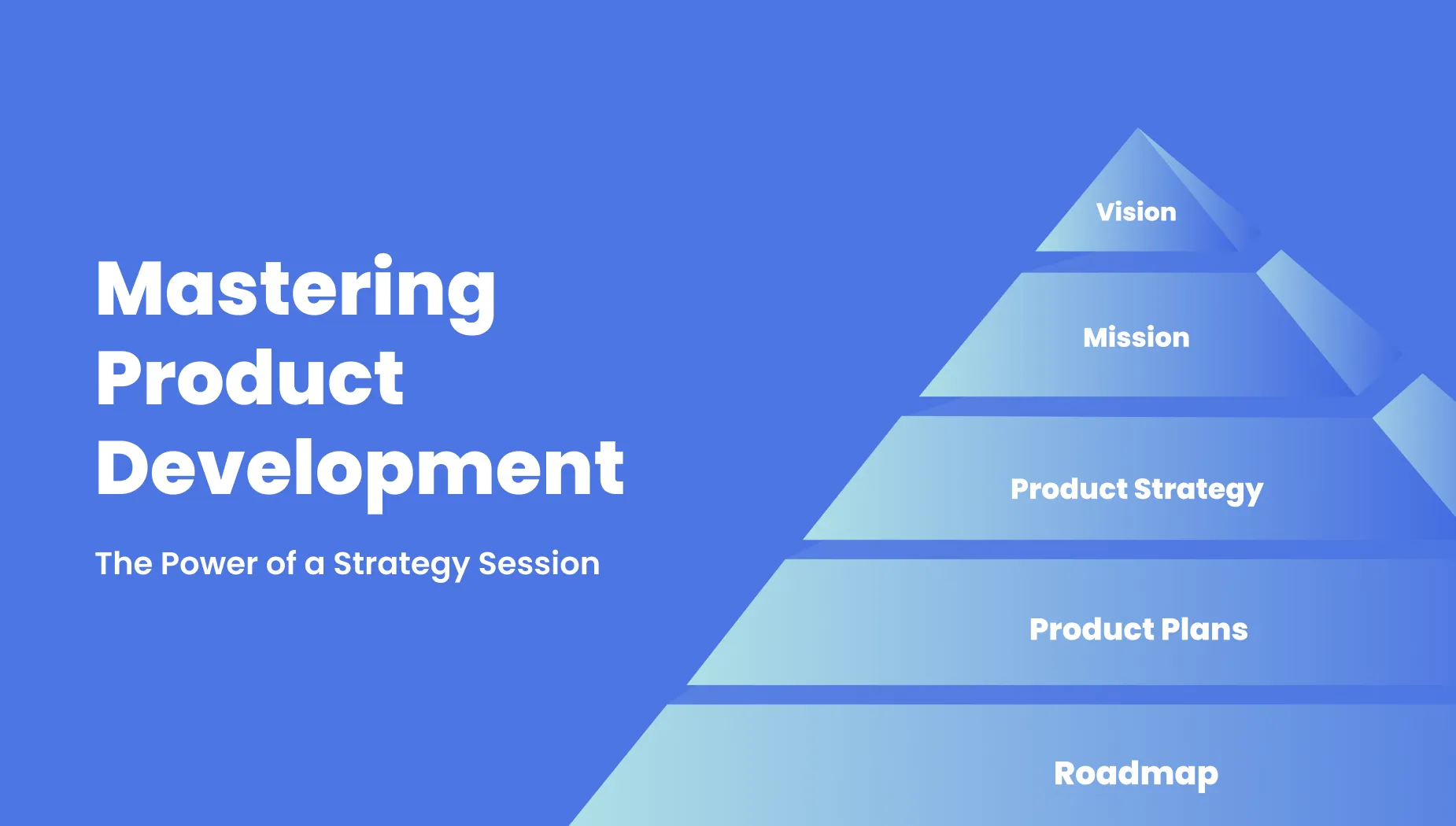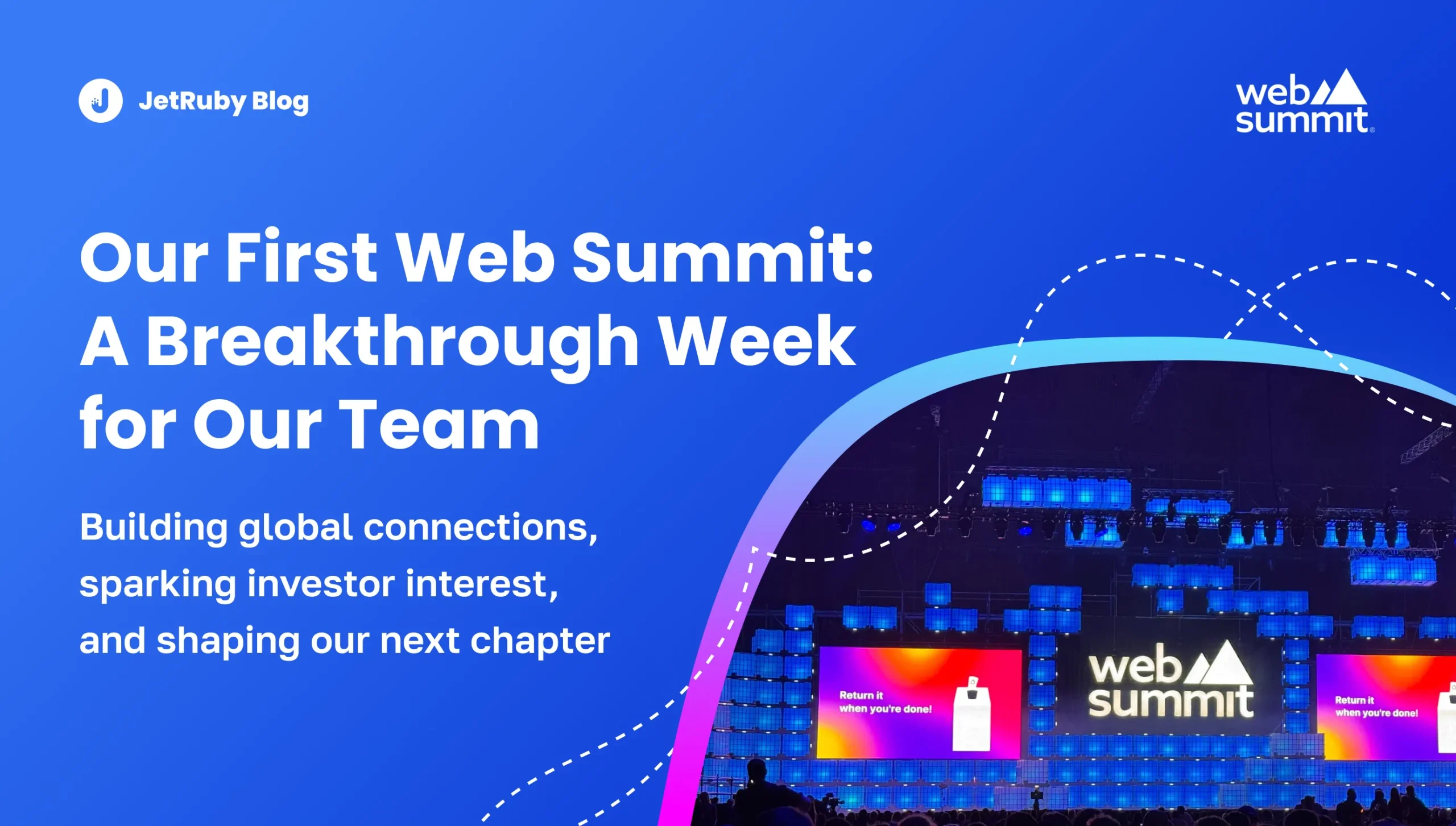Table of Contents
In today’s fast-paced business environment, delivering innovative software solutions is no longer just about development; it’s about building a partnership that evolves with the client’s needs. At JetRuby Agency, our Product Development Strategy (PDS) sessions are the cornerstone of this approach. These sessions help to validate clients’ product ideas through in-depth business analysis, focusing on technology and features. By starting with low-commitment, high-value services such as code audits, prototypes, or consultations, we establish trust, showcase our expertise, and lay the foundation for long-term collaboration and successful project outcomes.
Product Development Strategy (PDS) session
The Product Development Services (PDS) session is a structured framework designed to ensure project objectives are fully met. Whether working with global enterprises like the Financial Times, GoPro, Osram, and NY University, or mid-sized businesses, which make up 70% of our client base, we position ourselves as strategic partners, not just service providers. Our goal is to create a seamless client journey, fostering ongoing engagement and driving successful outcomes.
The PDS session helps refine the project scope, turning simple ideas into actionable, well-defined products through discussion and exploration of various implementation options. This process is especially valuable when clients lack a tangible product or clear specifications.
The PDS process begins with a qualification call. If the client is ready for Design and Development (DnD) or a Work Order (WO), a PDS session may not be necessary. However, when required, its mission is clear: educate the client, showcase our expertise, outline the product, and potentially define a Minimum Viable Product (MVP), filling any knowledge gaps.
Key principles of PDS include:
- Simplicity and Accessibility: Clear communication is vital for building trust. We prioritize using straightforward language to ensure the client fully understands the process.
- Engagement Over Knowledge: While a business analyst may not need to be an expert in every domain, active engagement with a client to elicit their knowledge and insights is crucial.
The primary objectives of a Product Development Strategy Session are:
- Identifying and assessing any legal constraints that could affect the client’s objectives.
- Understanding the client’s preferences for integrating with external services.
- Gathering detailed information about the client’s existing systems and evaluating the need for integration.
- Clarifying any questions or uncertainties regarding the client’s requirements.
- Brainstorming innovative ideas for product design.
- When specific requirements are undefined, analyze the competitive landscape to determine an ideal scope relative to competitors.
Roles and Responsibilities in Product Development Strategy Sessions
During a Product Development Strategy (PDS) session, every team member has a vital role to play in ensuring a successful outcome. Clear roles and effective collaboration ensure the product meets client expectations and achieves business objectives.
Business Analyst
The Business Analyst bridges the gap between client needs and technical implementation. They gather and document requirements, translate business objectives into technical specifications, and help define a realistic project scope. He embodies the client’s vision, establishes product goals, prioritizes features, and ensures alignment with business objectives. They shape the product’s direction and make key decisions during the session.
Technical Lead
The Technical Lead ensures the proposed solutions are technically feasible. They assess requirements, guide system architecture design, identify potential challenges, and ensure the product is scalable and maintainable.
Delivery Manager
The Delivery Manager oversees project timelines, milestones, and resource allocation. They ensure the project stays on track, meets quality standards, and is delivered on time and within budget.
UI/UX Designer
The UI/UX Designer focuses on user experience and visual design, translating the client’s vision into user-friendly, aesthetically pleasing interfaces. They ensure the product meets user needs and expectations.
Stakeholders
Stakeholders provide insights into business context and market dynamics. Their feedback ensures the product aligns with broader business goals and delivers value to end-users.
Structured approach
During a PDS session with a new client who lacks detailed project documentation or software development experience, we follow a structured approach:
- Discuss high-level product information and address any concerns using tools like Miro.
- Outline a rough MVP scope.
- Review the proposed approach based on the client’s input and budget, then plan the Design and Discovery phase’s duration. If project requirements are clear, we can start the development process.
- Incorporate any additional client-provided information into the project estimation.
- If necessary, initiate the Design & Discovery phase to develop detailed mockups and a Proof of Concept (PoC) for any uncertain functionalities.
When engaging with potential clients about product documentation, a prototype, or an existing application, the PDS meeting focuses on understanding their product and vision. We ask detailed questions, plan based on the workload, and consider the client’s input and budget. We initiate the Design phase to ensure a comprehensive understanding and provide an estimated development cost before moving forward if required.
In mastering product development, the power of a well-executed strategy session is evident. It sets the stage for successful collaborations, ensuring that both the client’s needs and the company’s expertise are fully aligned from the outset.
A Successful Strategy Session
The client, a fence manufacturing company, approached JetRuby Agency with a request to develop an application that could estimate the cost of a fence and necessary components without a site visit. While the concept was promising, the product development strategy session revealed two key challenges: not all smartphones could support augmented reality features, and it would be impractical for clients to spend hours walking around fields to capture the necessary images.
To address these challenges, we proposed a more practical alternative – instead of augmented reality, we suggested a Google Maps-based app where users could mark their property on a satellite view, specify the fence’s size and location, and add features like gates. Users could also provide additional details such as the fence’s purpose, the presence of animals, and proximity to water sources.
The sales team, which had relied on Excel for cost calculations, could use the submitted maps to perform quicker, more accurate estimates and create enhanced versions based on their business expertise. This approach simplified the original concept and improved the sales process.
As a result, we reduced the cost of implementing the client’s vision by using the same module for both the client interface and the sales department. This transformed a complex concept into a proposal that aligned with the actual needs and scope of the project, rather than being based on the client’s budget or guesswork.
Product Development Strategy sessions – component of a robust planning
Consumers today have unprecedented access to information, allowing them to compare products and brands. As new technologies emerge, even the most innovative solutions risk becoming outdated. For established companies, relying solely on existing products is not enough to maintain long-term competitiveness.
Product Development Strategy Sessions align the development process with broader business goals. These sessions enable clients to assess the development team’s expertise while providing insights into project execution through detailed discussions with business analysts. This collaboration transforms ideas into structured, actionable plans with clearly defined project boundaries.
For development companies, these sessions are essential for outlining a clear and actionable plan, whether advancing to the design and discovery phase, creating a proof of concept, or commencing full-scale development. They also enable more precise estimates of project costs and timelines. Projects risk lacking structure and may proceed solely based on client directives, often operating under an hourly work model, if these sessions are omitted.
Product Development Strategy Sessions are essential for clients requiring a precise cost estimate. Rather than relying on rough guesses, these sessions provide a more accurate estimation within the context of the project’s scope. By integrating these sessions into the overall business strategy, companies can ensure that each product is designed to meet both current and future market demands, fostering sustainable innovation and long-term competitiveness.
These sessions are essential for providing precise cost estimates, and ensuring accuracy based on the project’s scope rather than relying on rough guesses. By integrating them into overall business strategy, companies can design products that meet current and future market demands, fostering sustainable innovation and long-term competitiveness.




